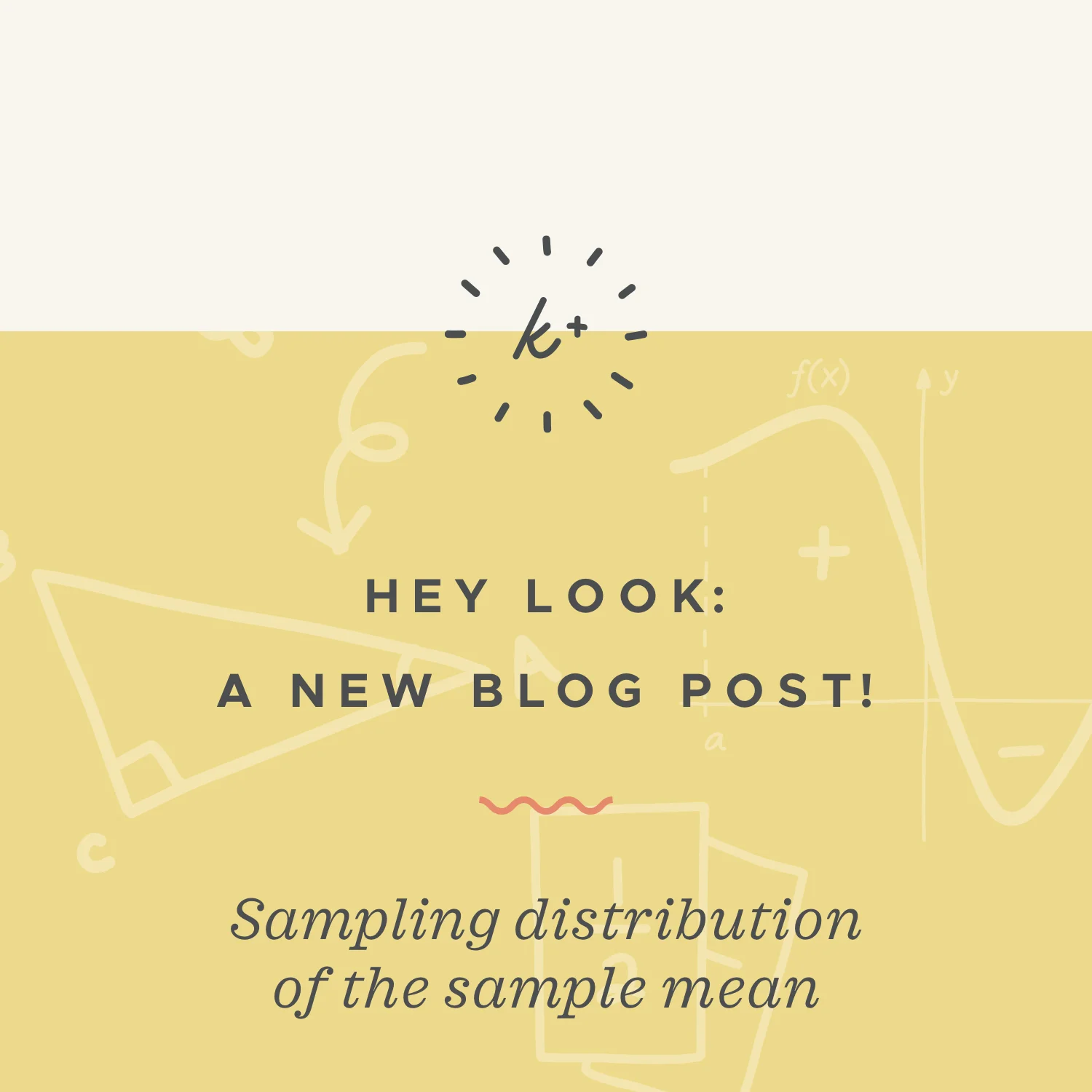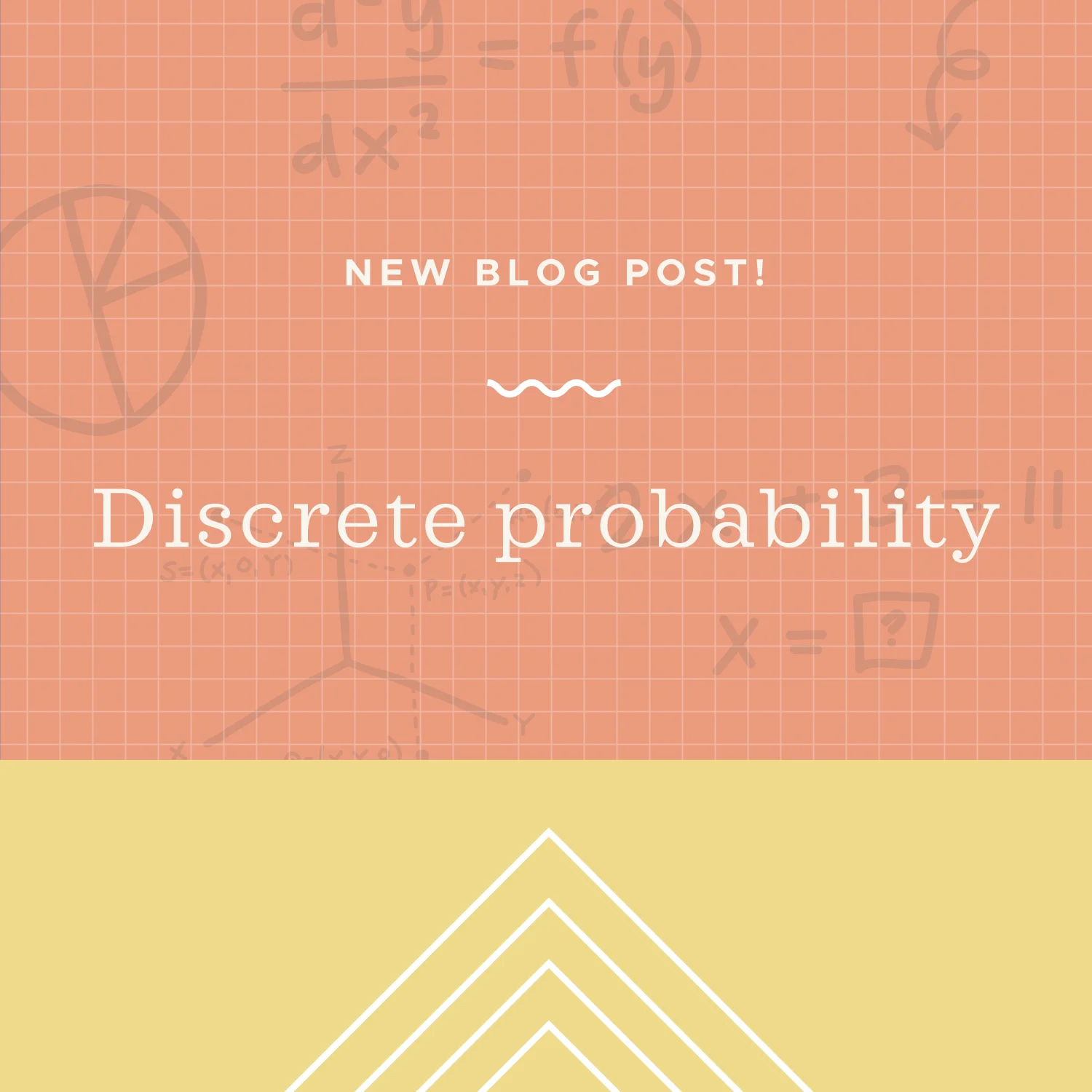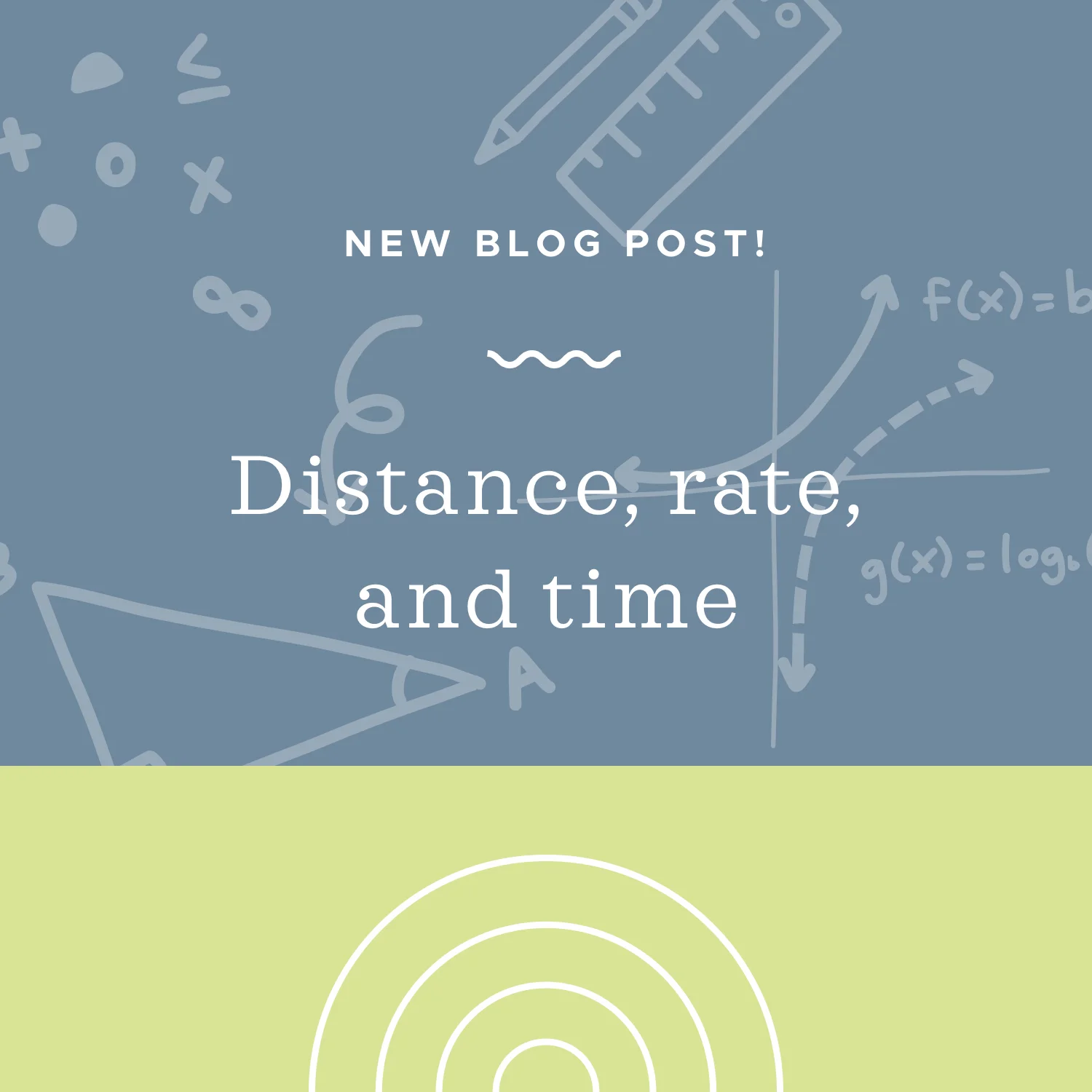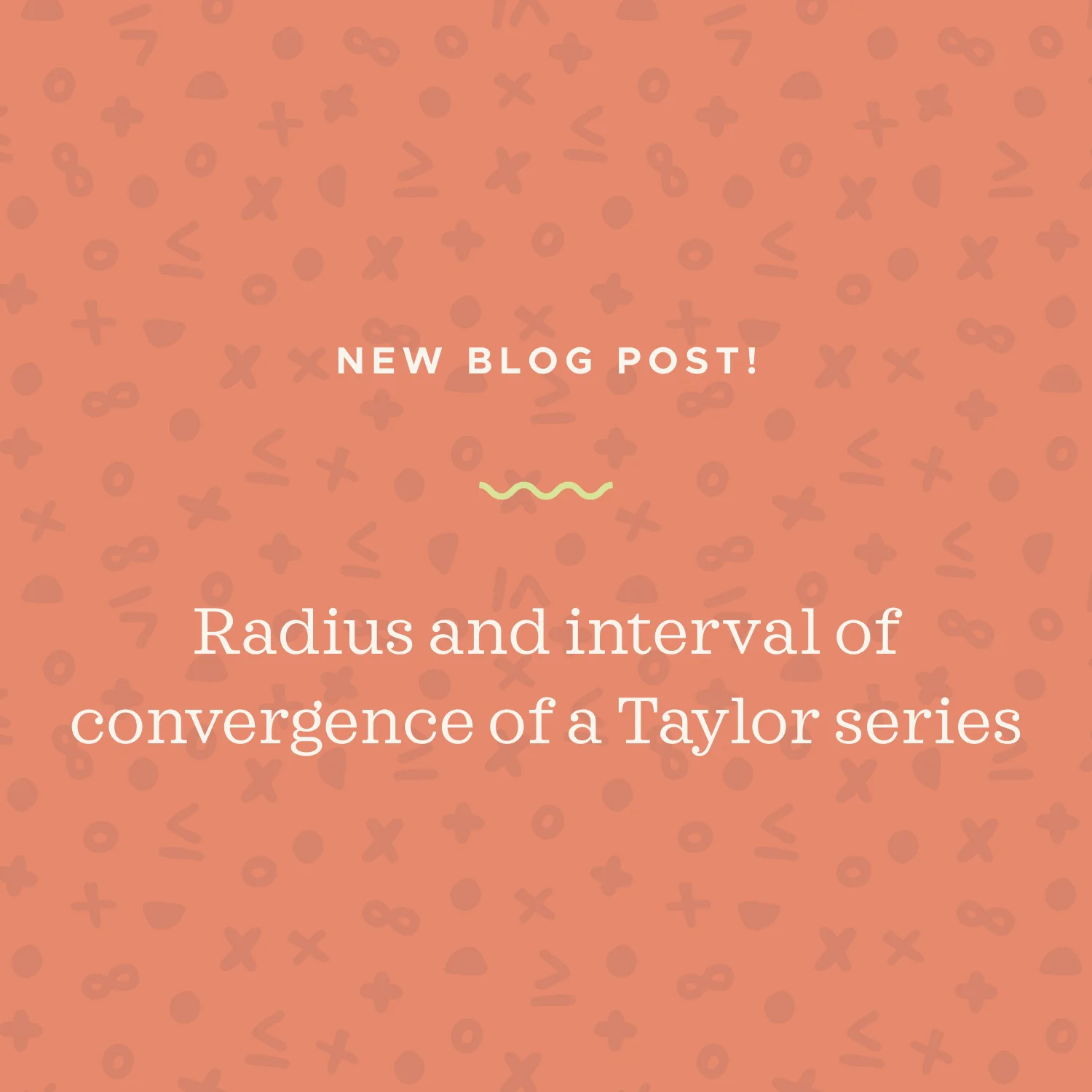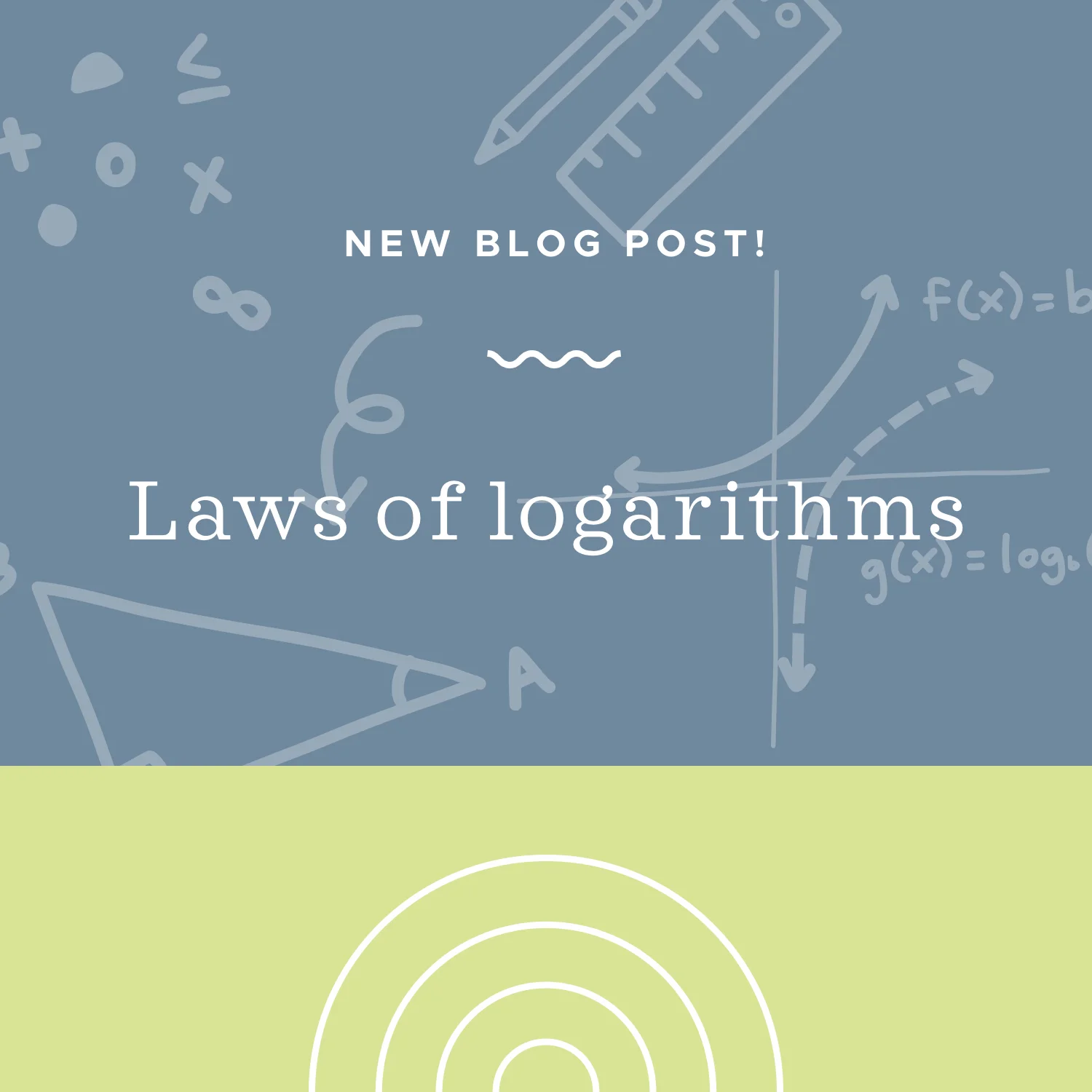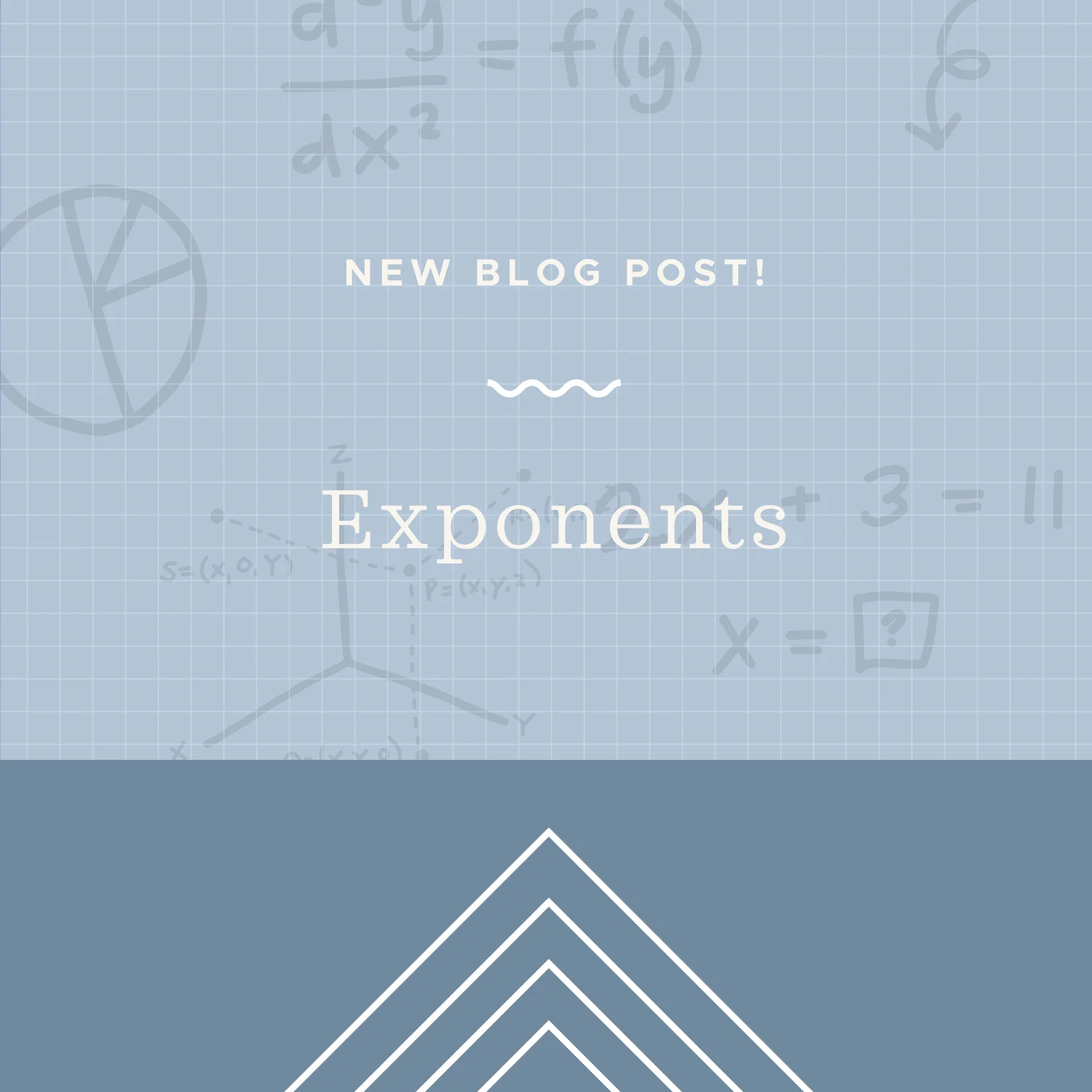Up to this point, we’ve been focusing on independent events, which are events that don’t effect one another. For example, if I flip a coin two times in a row, the result of the first flip doesn’t effect the second flip, so those flips are independent events.
In other words, if I get heads on the first flip, the second flip still has an equally likely chance of producing heads or tails. If instead I get tails on the first flip, the second flip still has an equally likely chance of producing heads or tails.
Read More




